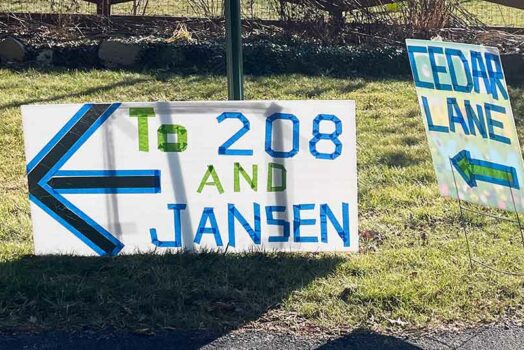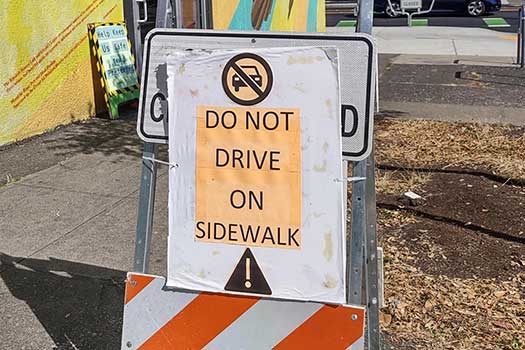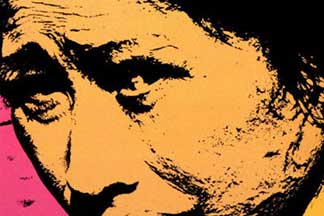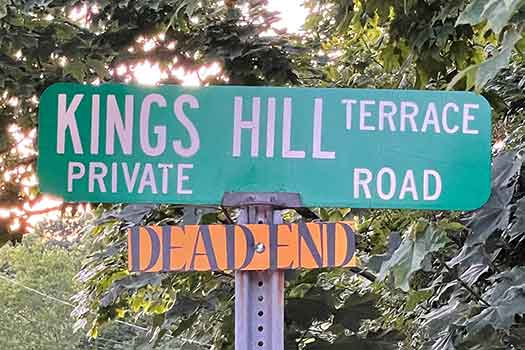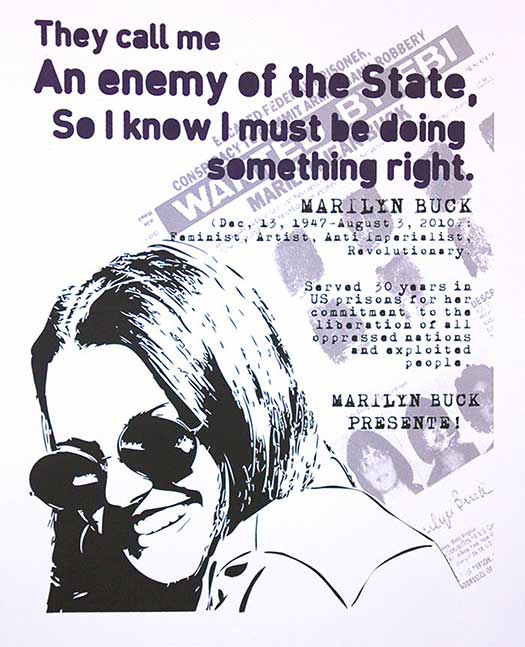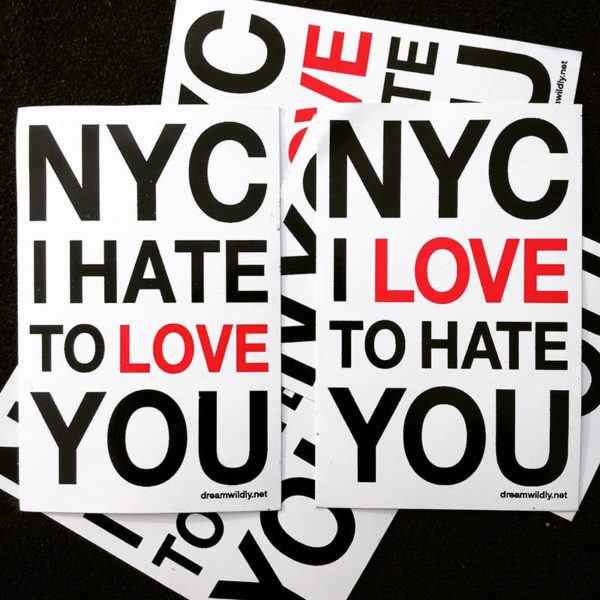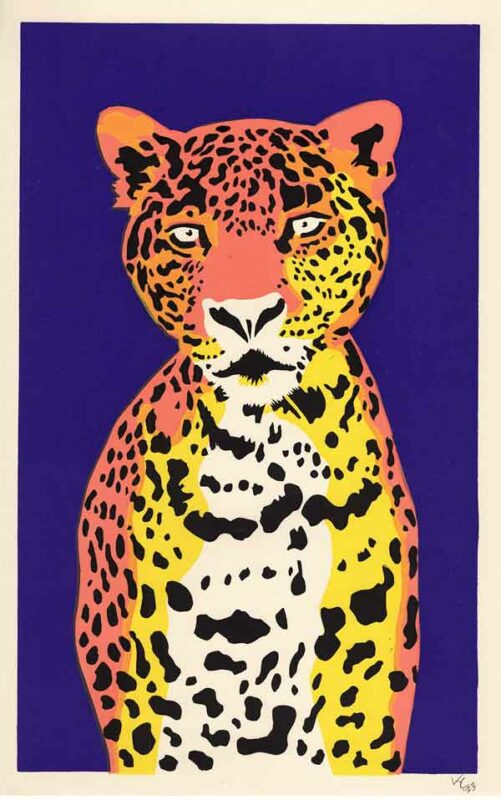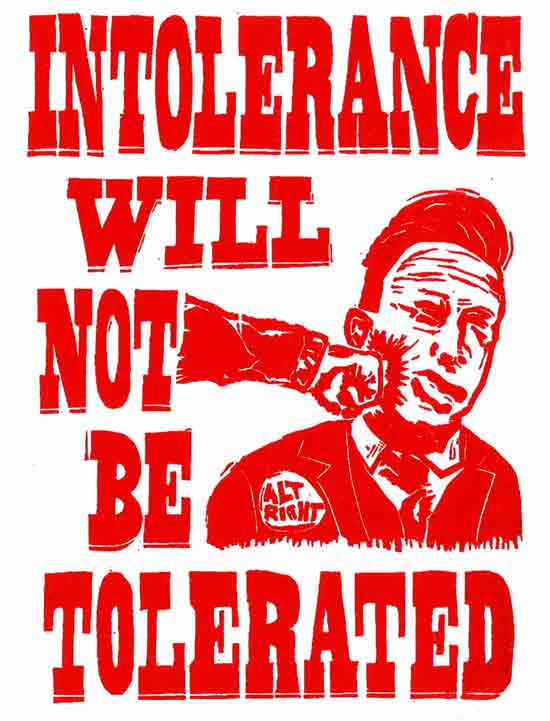Chris passed along this link to The Citrus Report which spoke of an article in Artnews.
This following article by Carolina A. Miranda, I have plenty to say, but its Halloween and I’m going out. Check back for comments.
Street art—including stickers, posters, murals, graffiti, and even 3-D sculptures—is making its way into mainstream galleries and museums
by Carolina A. Miranda
In 1989 a lanky 19-year-old working at a Rhode Island skate shop created a mug shot–style sticker of a seven-foot-tall, 500-pound French wrestler named Andre the Giant. As far as stickers go, it was pretty crude. A hand-stenciled image of his face was accompanied by the inscrutable phrase “Andre the Giant Has a Posse.” The artist ran off 100 copies of the image and got to work pasting it all over Providence. Once he had the city covered, he moved on to Boston, New York, and the rest of the eastern seaboard. “Andre” materialized everywhere—stop signs, pay phones, airport bathrooms. A startled patron at an Athens, Georgia, diner found the wrestler’s sleepy visage staring back at him from the inside lid of a coffee creamer.
For Shepard Fairey, the work’s creator, the thrill of perplexing the public with a mysterious slogan (is it a band? is it a cult?) was the beginning of a prolific career making street art—the catchall used to describe not-always-legally-installed stickers, posters, stencils, murals, and 3-D sculptures. His works—which bear a signature mix of Constructivism, Art Nouveau, and punk graphics—have papered back alleys and water towers from Melbourne to Barcelona. They have been featured in gallery shows in New York, Los Angeles, and Berlin.
The buzz surrounding Fairey’s work (including his now-iconic Barack Obama posters bearing the words “hope,” “progress,” and “change”) has led to the artist’s first solo museum show, “Supply and Demand,” opening at Boston’s Institute of Contemporary Art on February 6. “He is such an inspiration and so influential to a younger generation of street artists,” says Emily Moore Brouillet, the ICA assistant curator who organized the exhibition. “It goes so far beyond that original sticker. He’s created a big body of work.” More than 80 pieces will be displayed in the museum: stickers, paintings, posters, and wall-size installations, along with such tools of the street-art trade as silk screens and wheat paste, a wallpaper adhesive used to affix posters to brick and concrete.
Fairey is part of a wave of street artists gaining acceptance in mainstream museums. Last summer London’s Tate Modern presented six towering murals on an exterior wall, created by a global lineup of street artists. Among those featured was Faile—the New York City duo known for graphic mash-ups of pulp fiction imagery—as well as Blu, an Italian artist whose monumental black-and-white doodles have long been materializing on abandoned buildings all over Europe, and the Brazilian brothers known as Os Gemeos. The Carnegie Museum of Art in Pittsburgh has included a sprawling, kaleidoscopic hallway piece by installation artist and celebrated graffitist Barry McGee in its 55th Carnegie International, on view through January 11. McGee has done other museum projects, including covering the facade of the Museum of Contemporary Art in Detroit—at the museum’s request—with a bubbly, 110-foot graffiti tag that reads “Amaze.” Last year the New York–based Espo (a.k.a. Steve Powers) was the subject of a solo show at the Pennsylvania Academy of the Fine Arts in Philadelphia. And figurative prints by Swoon, another New York artist, are part of the permanent collections of the Museum of Modern Art and the Brooklyn Museum. It’s a surprising turn for an urban art form that until now has received minimal attention from the fine art world—and one that can land its practititioners in jail for anything from vandalism to breaking and entering.
“I’ve generally found that there has been a bias against artists who didn’t play by the established rules, who weren’t the product of influential curators and writers,” says Jeffrey Deitch, the Manhattan dealer who represents Swoon, Espo, Os Gemeos, and McGee, as well as the estate of ’80s graffitist Keith Haring. But, he notes, this attitude has begun to change. “Now there’s a number of younger curators who followed these artists when they were working on the streets and who are now in positions to do something,” says Deitch. “They don’t make a differentiation that Swoon chose to develop her work on the street or that she’s somehow not as worthy of serious attention as an artist who went to the Whitney Independent Study Program.”
That’s not to say that these artists are without art-world pedigrees. For the most part, they went to art school, even if they didn’t stick around to earn M.F.A.s. Fairey graduated from the Rhode Island School of Design, Swoon from Pratt Institute, and McGee from the San Francisco Art Institute. Espo recently received a Fulbright grant. These artists have made their way to museums through a network of galleries such as New Image Art and Merry Karnowsky in Los Angeles, Lazarides in London, and Jonathan LeVine and Deitch Projects in New York—places that have helped artists hone their work in white-box settings. At Deitch, Swoon has expanded her repertoire of intricate linoleum-print portraits into three-dimensional installations depicting urban cityscapes and their denizens. As did McGee, who is now known for transforming interior spaces with bright, geometric wall panels, upended trucks, and folksy line drawings of drowsy men.
Collectors and auction houses have taken notice. A silk-screened canvas by Faile at Lazarides, for example, can run to $50,000. Fairey’s larger works (mixed media on wood or canvas, mainly) sell at Jonathan LeVine for up to $50,000. White Walls Gallery in San Francisco recently featured more than 100 of Fairey’s works in a solo exhibition, including a 10-by-14-foot collaged canvas called The Duality of Humanity 2 that was priced at $85,000. And at Deitch, Swoon and McGee are selling canvases and large-scale installations for as much as $45,000 and $250,000, respectively. Earlier this year Bonhams in London held its first auction devoted exclusively to street and other urban art, as did Phillips de Pury & Company’s London branch. The Bonhams sale comprised 74 lots and raked in about $2 million. A Faile screenprint, titled The Savage World of Faile (2007), sold for more than $40,000; Bonhams scheduled a second auction of street art for late last month.
Museums have picked up on street art’s marketability as well. “We have a totally new audience that’s come to the Tate because of this. We’ve had 10-year-old kids and 70-year-old people,” says Cedar Lewisohn, curator of the Tate Modern’s “Street Art” show and author of the related monograph, Street Art: The Graffiti Revolution. “The exhibit has been a two-way thing. For people who weren’t interested in street art, the show was an introduction. For people who weren’t interested in galleries, it shows that we’re speaking to them, too.”
The artwork itself draws its inspiration from a wide range of sources—Swoon has cited both Indonesian shadow puppets and Gordon Matta-Clark as influences—but it seems to rely most heavily on popular culture. Espo’s paintings pair acerbic quips (“Everything is shit except you, Love”) with feel-good imagery from vintage commercial signs, while McGee’s animatronic installations of hooded figures wielding spray-paint cans draw heavily from the graffiti world.
Fairey, who’s based in Los Angeles, says his principal influences have always been well outside the artistic establishment. “The things that inspired me to make art weren’t museums and galleries,” he says. “It was skateboard graphics and punk T-shirts and album packaging. My ability to trickle up into the real art world has been in spite of my populist leanings.”
Some of the genre’s longtime fans complain that sanctioned shows suck the life out of an art form that is intended to be immediate and unfiltered. “I know I’m not alone, but I still have ambivalent feelings with the Tate modern Street-art exhibition,” wrote one dismayed poster on ekosystem.org, an online graffiti forum, over the summer. But for the artists, some of whom expend a good deal of energy tangling with law enforcement (Fairey racked up his 14th arrest in August during the Democratic National Convention in Denver), the time and resources to work on something thoughtful and polished can prove an effective creative boon. “This provides artists with an opportunity to push themselves, to create a piece that they wouldn’t have been able to otherwise,” says Lewisohn, pointing to the massive scale of the Tate Modern murals.
The Tate Modern exhibition has had the side effect of getting at least one city to reconsider how it deals with graffiti. Os Gemeos have long painted their stylized yellow figures on the streets of São Paulo, both legally and illegally. But just as Tate Modern was honoring the brothers’ work, the city of São Paulo was busy whitewashing their murals in the interest of eliminating “visual pollution.” One official told a reporter that the cleanup was an embarrassment to the city: “You have the English pampering our graffiti art, and we’re not giving it the least bit of value?” São Paulo will now establish a registry of street art to be preserved.
Increased acceptance is good news for street artists who aren’t entirely giving up gritty urban settings in favor of pristine galleries and museums. Swoon’s stylized portraits still materialize on walls around New York City, and McGee’s tags can still be found in California alleys. When Fairey travels to Boston in January to oversee the installation of his show at the ICA, hitting the streets will be part of the plan. “I’m just going to do my thing,” he says, “the way I always do.”
